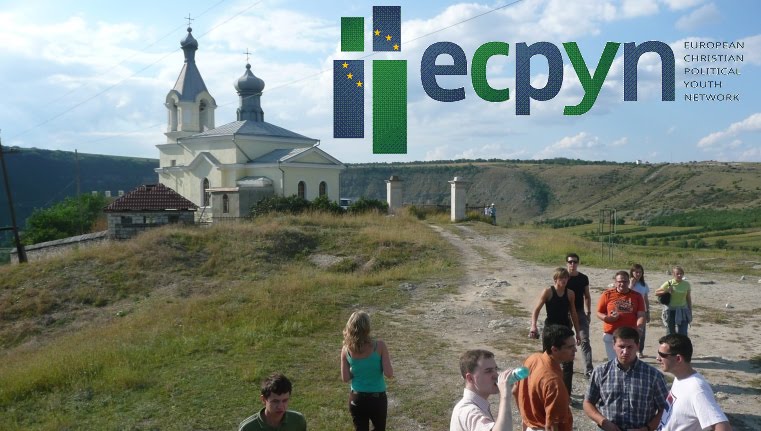 Let us consider an example. Say the mayor of a town decides to post a policeman near a crossroads one random day a week, to see if nobody passes a red light. He chooses a crossroads that is notorious for traffic accidents. One of the town councillors might say that this is a 'symbolic measure', because all the other days of the week people can freely pass the red light most of the time as there won't be a policeman posted at the crossroads.
Let us consider an example. Say the mayor of a town decides to post a policeman near a crossroads one random day a week, to see if nobody passes a red light. He chooses a crossroads that is notorious for traffic accidents. One of the town councillors might say that this is a 'symbolic measure', because all the other days of the week people can freely pass the red light most of the time as there won't be a policeman posted at the crossroads.You might say the town councillor has a point, but on the other hand the mayor knows that the 'symbolic measure' sends a message to the drivers, that they would better not pass a red light because there might be a policeman standing by to fine them. On the other hand if the local authorities would decide the policemen shouldn't concern themselves to much with traffic, it would send an alternate message, that it is okay to pass a red light, because there won't be any consequences (as long as you don't crash into someone else).
What we can conclude is that some political statements or measures might indeed be symbolic, but we shouldn't mistakingly assume that symbols don't matter. Symbols do matter, they convey a meaning or a message.
Religious symbols
 An entirely different example of how symbols matter to people, is the example of religious symbols. Many people wear a crucifix around their neck for example. The public display of Christian symbols is subject to debate in many countries in Europe. In the United Kingdom and in the Netherlands there have been cases, in which employees of public transport enterprises have been required to remove a little cross hanging around their neck while at work.
An entirely different example of how symbols matter to people, is the example of religious symbols. Many people wear a crucifix around their neck for example. The public display of Christian symbols is subject to debate in many countries in Europe. In the United Kingdom and in the Netherlands there have been cases, in which employees of public transport enterprises have been required to remove a little cross hanging around their neck while at work.Another example is the case of Lautsi v. Italy, which is now before the European Court of Human Rights (ECHR). In Italy it is not uncommon that public schools display crosses on the walls of classrooms. Recently an Italian named Lautsi has complained to the ECHR that the fact that a public school displays a Christian symbol is a breach of the European Convention on Human Rights. The Chamber of the ECHR has ruled in favour of Lautsi. Italy has now appealed to the Grand Chamber, which has yet to convene. Armenia, Bulgaria, Cyprus, Greece, Lithuania, Malta, Monaco, Romania, the Russian Federation and San-Marino have been listed as third parties and have expressed support for Italy’s position in the media.
ECPYN's working group on Church, State and Public Domain (CSPD) would like to determine its position regarding the public display of Christian symbols. Before we determine our position we would like to hear from you how you feel about these issues. You can join a discussion on this topic on our forum: http://www.ecpyn.org/forum/364725/590




